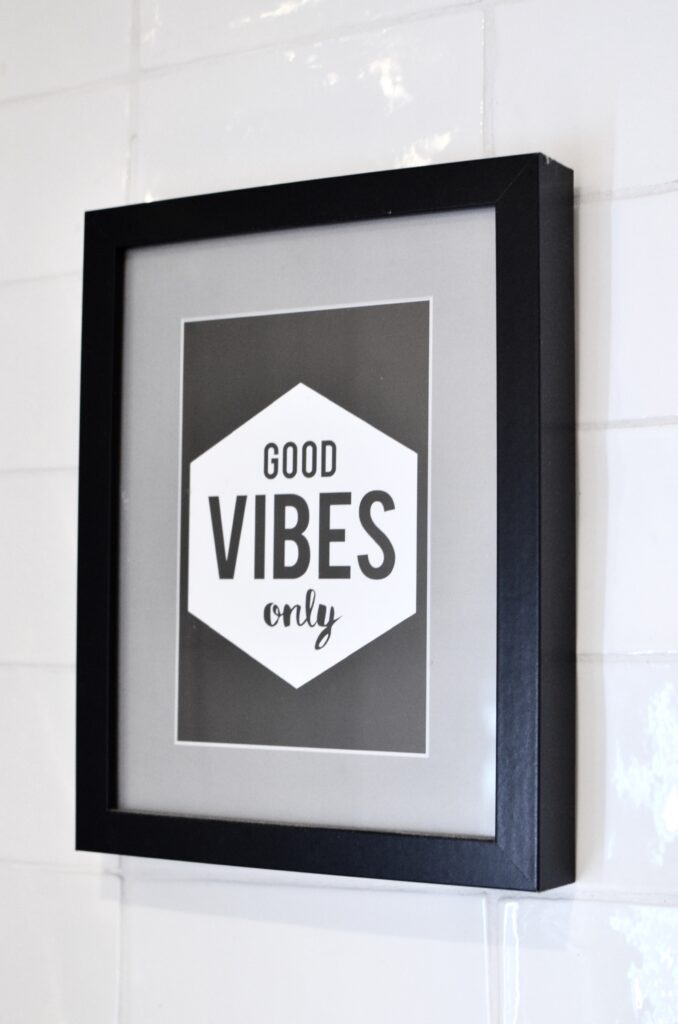How To Eliminate Bad Habits: 9 Easy Ways To Transform Your Life
| March 31, 2023
Introduction
Breaking bad habits can be challenging, but it is not impossible. Habits are behaviors that we engage in regularly, and they can be either good or bad. While good habits help us to achieve our goals, bad habits can be detrimental to our health, relationships, and productivity. . In this article, we will explore some effective strategies that can help you get rid of bad habits.
Understand the Science of Habits
Before we delve into the strategies for breaking bad habits, it is important to understand the science of habits. Habits are formed in the basal ganglia, which is a part of the brain responsible for our automatic behaviors. When we repeat a behavior, the neural pathways in our brain become stronger, making it easier for us to perform that behavior without conscious thought. Breaking a bad habit requires rewiring these neural pathways by consciously choosing a different behavior.

Identify Your Triggers
The first step in breaking a bad habit is to identify the triggers that lead to that behavior. Triggers are the situations, emotions, or thoughts that lead us to engage in a particular behavior. For example, if your bad habit is smoking, your triggers may be stress, boredom, or social situations. Once you have identified your triggers, you can work on finding healthier ways to cope with them.

Replace Bad Habits with Good Ones
Breaking a bad habit can leave a void in your life, and it is important to fill that void with a healthy behavior. For example, if you are trying to quit smoking, you may replace that habit with exercise, meditation, or a hobby. It is essential to choose a replacement behavior that provides a similar reward to the bad habit you are trying to break. This will make it easier for you to stick to your new habit.

Use Positive Reinforcement
Positive reinforcement is a powerful tool in breaking bad habits. When you reward yourself for engaging in a healthy behavior, your brain releases dopamine, which reinforces that behavior. For example, if you are trying to eat healthier, you can reward yourself with a small treat every time you choose a healthy option. Over time, your brain will associate the healthy behavior with a positive reward, making it easier for you to stick to your new habit.

Create a Support System
Breaking a bad habit can be challenging, and having a support system can make all the difference. Share your goals with friends and family members who can provide encouragement and accountability. You can also join a support group or work with a coach or therapist who can provide guidance and support.

Mindfulness is important
Being mindful means being aware of your thoughts, feelings, and surroundings. It can be a powerful tool in breaking bad habits because it allows you to observe your behavior without judgment. When you are mindful, you can identify your triggers, observe your cravings, and choose a different behavior. Mindfulness can also help you manage stress, which is a common trigger for many bad habits.

Visualize Success
Visualization is a powerful technique that can help you break bad habits. When you visualize yourself succeeding in breaking a bad habit, you create a mental image of yourself as a non-smoker, healthy eater, or productive worker. This mental image can motivate you to stick to your new habits and make them a permanent part of your life.

Track Your Progress
Tracking your progress is an essential part of breaking bad habits. When you track your progress, you can see how far you have come and celebrate your successes. You can also identify areas where you need to improve and make adjustments to your strategy. There are many tools and apps available that can help you track your progress, including habit trackers, journaling apps, and fitness trackers.

Be Patient
Breaking a bad habit takes time and effort, and it is important to be patient with yourself. It is normal to experience setbacks and slip-ups along the way, but it is important to keep moving forward. Instead of beating yourself up over a relapse, use it as an opportunity to learn and grow. Identify what triggered the relapse and come up with a plan to avoid that trigger in the future.

Conclusion
Breaking a bad habit is not easy, but it is possible with the right strategies and mindset. By understanding the science of habits, identifying your triggers, replacing bad habits with good ones, using positive reinforcement, creating a support system, practicing mindfulness, visualizing success, tracking your progress, and being patient, you can overcome your bad habits and live a healthier and more productive life. Remember that breaking a bad habit is a journey, and it requires consistent effort and commitment. With the right approach, you can achieve your goals and become the best version of yourself.


